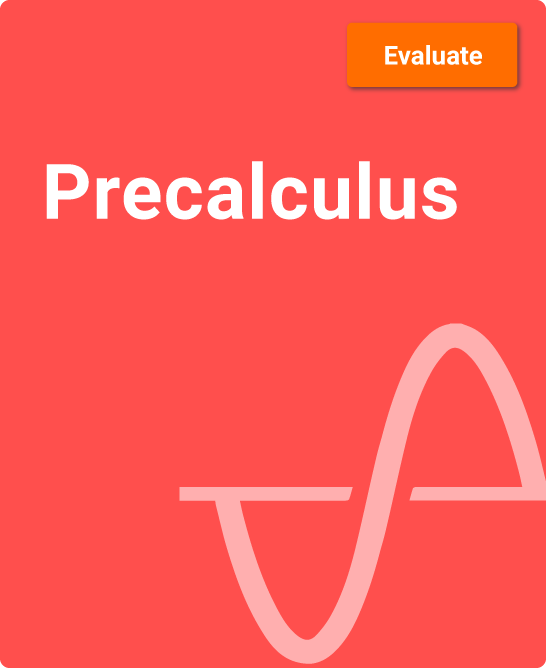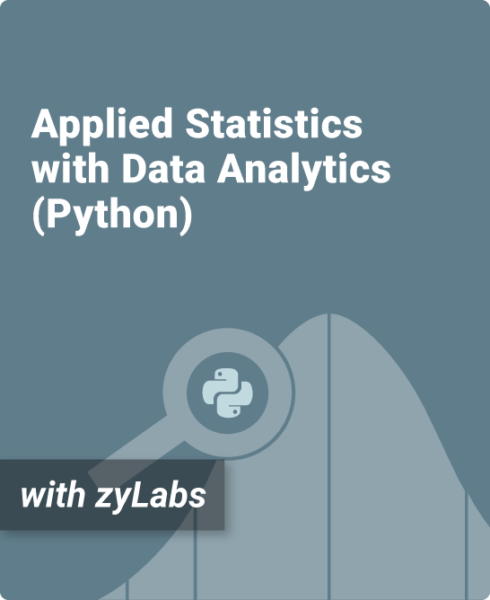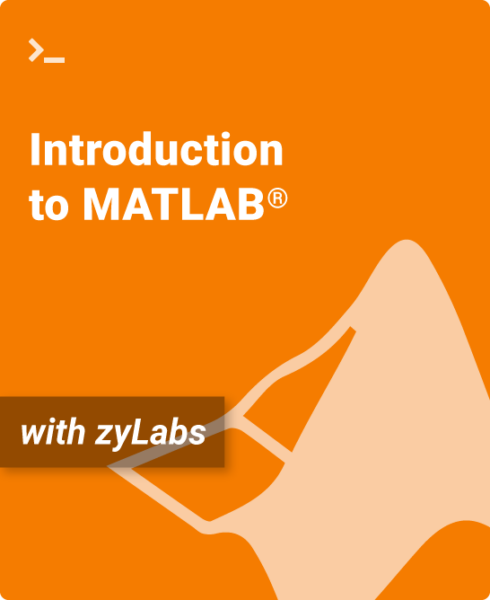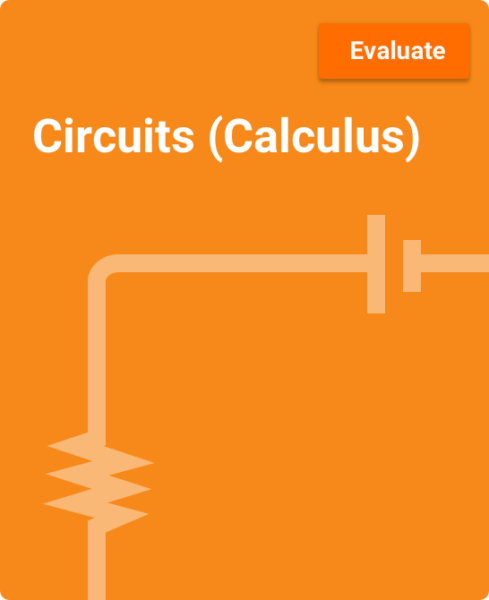Table of Contents
1. Functions
1.1 Functions and function notation
1.2 Domain and range
1.3 Rates of change and behavior of graphs
1.4 Composition of functions
1.5 Transformation of functions
1.6 Absolute value functions
1.7 Inverse functions
2. Linear Functions
2.1 Linear functions
2.2 Graphs of linear functions
2.3 Modeling with linear functions
2.4 Fitting linear models to data
3. Polynomial and Rational Functions
3.1 Complex numbers
3.2 Quadratic functions
3.3 Power functions and polynomial functions
3.4 Graphs of polynomial functions
3.5 Dividing polynomials
3.6 Zeros of polynomial functions
3.7 Rational functions
3.8 Inverses and radical functions
3.9 Modeling using variation
4. Exponential and Logarithmic Functions
4.1 Exponential functions
4.2 Graphs of exponential functions
4.3 Logarithmic functions
4.4 Graphs of logarithmic functions
4.5 Logarithmic properties
4.6 Exponential and logarithmic equations
4.7 Exponential and logarithmic models
4.8 Fitting exponential models to data
5. Trigonometric Functions
5.1 Angles
5.2 Unit circle: sine and cosine functions
5.3 The other trigonometric functions
5.4 Right triangle trigonometry
6. Periodic Functions
6.1 Graphs of the sine and cosine functions
6.2 Graphs of the other trigonometric functions
6.3 Inverse trigonometric functions
7. Trigonometric Identities and Equations
7.1 Verifying trigonometric identities
7.2 Sum and difference identities
7.3 Double-angle, half-angle, and reduction formulas
7.4 Sum-to-product and product-to-sum formulas
7.5 Solving trigonometric equations
7.6 Modeling with trigonometric equations
8. Further Applications of Trigonometry
8.1 Non-right triangles: Law of sines
8.2 Non-right triangles: Law of cosines
8.3 Polar coordinates
8.4 Polar coordinates: Graphs
8.5 Polar form of complex numbers
8.6 Parametric equations
8.7 Parametric equations: Graphs
8.8 Vectors
9. Systems of Equations and Inequalities
9.1 Systems of linear equations: Two variables
9.2 Systems of linear equations: Three variables
9.3 Systems of nonlinear equations and inequalities: Two variables
9.4 Partial fractions
9.5 Matrices and matrix operations
9.6 Solving systems with Gaussian elimination
9.7 Solving systems with inverses
9.8 Solving systems with Cramer’s rule
10. Analytic Geometry
10.1 The ellipse
10.2 The hyperbola
10.3 The parabola
10.4 Rotation of axes
10.5 Conic sections in polar coordinates
11. Sequences, Probability and Counting Theory
11.1 Sequences and their notations
11.2 Arithmetic sequences
11.3 Geometric sequences
11.4 Series and their notations
11.5 Counting principles
11.6 Binomial theorem
11.7 Probability
12. Introduction to Calculus
12.1 Finding limits: Numerical and graphical approaches
12.2 Finding limits: Properties of limits
12.3 Continuity
12.4 Derivatives
13. Appendix: Basic Functions and Identities
13.1 Graphs of the parent functions
13.2 Graphs of the trigonometric functions
13.3 Trigonometric identities
zyVersions are leading print titles converted and adapted to zyBooks’ interactive learning platform, allowing for a quick and easy transition to an engaging digital experience for instructors and students.
What You’ll Find In This zyVersion:
More action with less text.
- Brings OpenStax Precalculus to life with numerous interactive items
- More than 600 participation activities: animations and learning questions
- Animations bring challenging concepts to life, help students visualize
- Learning questions engage students, walking them through concepts, explaining along the way
- Comprehensive topic coverage for several semesters of college-level precalculus
- Numerous worked examples that demonstrate problem-solving approaches
- More than 5000 end-of-section exercises
The zyBooks Approach
Less text doesn’t mean less learning.
This product provides a highly engaging, interactive approach to learning precalculus topics. Concepts are taught not just through text and figures, but also through animations and learning questions. Animations help students visualize and understand key concepts. Learning questions engage students, walking them through concepts step-by-step, with thorough explanations of not only right answers, but also of wrong answers (thus helping to break down common student misconceptions, which is needed to enable learning). A key benefit of interactivity is that students learn more and come to lecture more engaged when points are given for completing the activities beforehand. A “zyEdition” like this one adds interactive items to a base textbook, in this case to OpenStax’s Precalculus. This zyEdition can also be mix-and-matched with other zyBook products, such as Algebra or Calculus.



